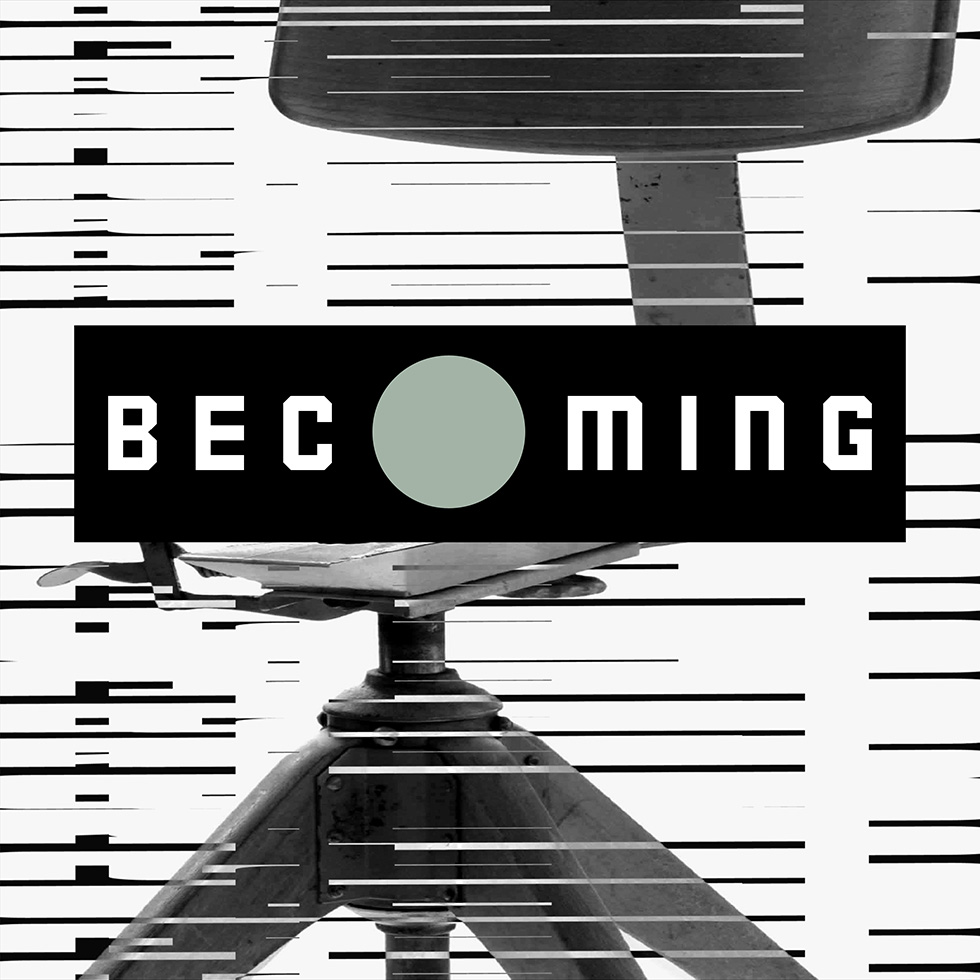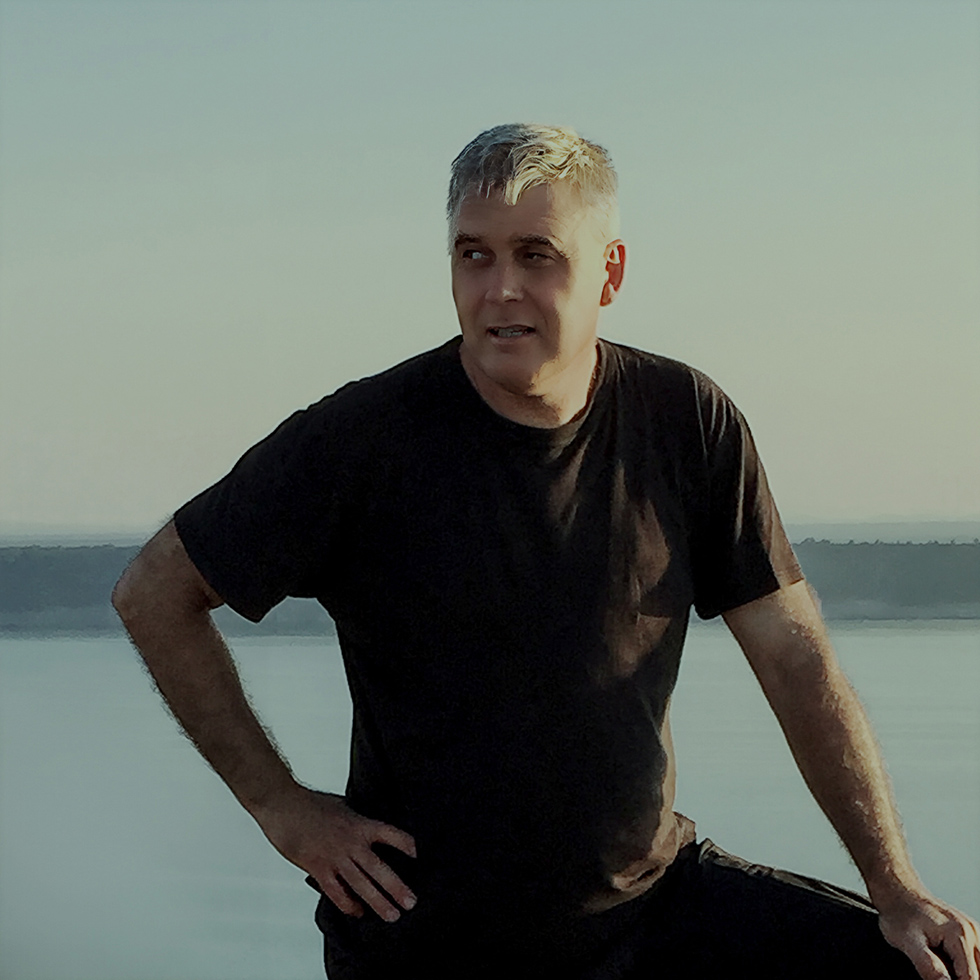becoming / what if?
this episode:
josip zanki
anthropologist & artist, zagreb
in his ‚becoming‘ series, martin eugen raabenstein interviews artists, art professionals and art enthusiasts about their opinions and ideas on various aspects of the art market and its current presentation practices.
josip zanki is an unresting worldwide traveller in the name of both his own art and teaching students. his concerns seem borderless, such as his charity and humour.
—
nice to have you with us. would you like to introduce yourself?
hi, my name is josip zanki. i am a visual artist and cultural anthropologist. subject of my research is the conceltualiasiation of space; through rituals, meditation and psyhodelic expiriences. i am teaching at the universty of zagreb, the academy of fine arts and at the vytautas magnus university in kaunas, lithuania. at the academy of fine arts i am head of the departement of doctoral studies, plus i am vice-president of the croatian fine artists association.
you are the new artistic director of a renowned art gallery –
you have a lot of exhibition space and an even bigger budget at your disposal. how would you plan your first year in office and what would be your most important goals?
i think the exhibition practice model via museums, galleries, art dealers and art fair has come to its end. new forms of presenting art (such as social network) completely change the classical practice. if i’d be in this position, i’d change this exhibition practice into a more discursive one; organising conferences, workshops, field work, social art intervention in nature, prisons, hospitals and in suburban areas. i do have a lot of experience working with my students in the mountains of the alps, the croatian islands, the mexican wirkuta desert. i think intensive field work can change exhibition and artistic practice.
can you explain this in more detail with the help of a project,
an idea?
in postindustrial society the creation and presentation of artistic works is changing. on the other side society becomes more complex and conscious in enviromental changes, social injustice. totalitarian regimes on top changed the role of the artist. this introduced new needs in exhibiting institutions. artists become ‘social workers‘ (as antonio negri stated) . since the 90ties we are also in the role of being ethnographers. art institutions have to get ride of the concept of simply storing and displaying art and also have to accept that all public spaces can be used to exhibit.
which artistic positions are of particular interest to you?
artist work in documentary fiction and radical social engaged performans. documentary fiction first was introduced in literature by the argentinian writer jorge luis borges. the idea is to think imagination as reality and the reality as imagination. on the other side, the performance scene in latin america is ultra radical, due to the social context there (cartels, corrupted states, guerillas). therefore the artists, such as nadia granados, rosemberg sandoval or esneider gamboa are based on a more direct activism than their european colleagues.
what are your all-time favorites in the visual arts?
i do have many of them, but if i have to choose my all time favorite, it is otto dix. for me he is more than a painter. he represents the german consciousness during the first world war, the weimar republic and also in the time of the nazi darkness. his paintings are more than ethnographic only; they are a precise social detection of the german society back then. to name others, there are the english painter stanly spencer, the tibetian painter master locho (my teacher in buddhist painting), the mexican painter leonora carrington and the french-american sculptor louise bourgeois.
thank you very much. it was an honor.
iir, february 2024


